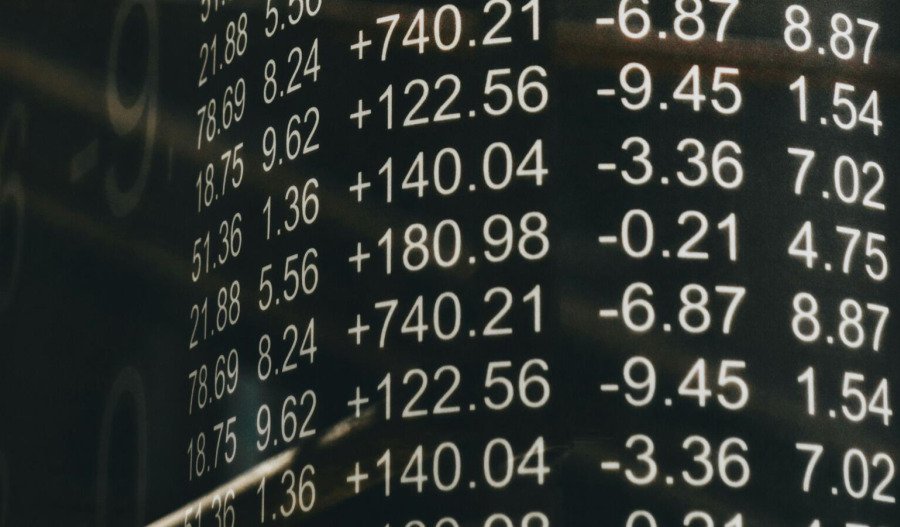Oil prices rose modestly during Asian trade on Friday, building on the previous session’s gains, as easing trade tensions between the world’s top oil consumers - the United States and China - supported market sentiment, while a freshly announced trade deal between the U.S. and the United Kingdom also contributed to the uptick.
As of 3 pm AEST (5 am GMT), Brent crude futures were up $0.28, or 0.4%, at $63.10 a barrel. U.S. West Texas Intermediate (WTI) crude also rose $0.28, or 0.5%, to $60.19 per barrel.
Markets were buoyed by the news that U.S. Treasury Secretary Scott Bessent will meet Chinese Vice Premier He Lifeng in Switzerland on 10 May. The talks are aimed at resolving longstanding trade disputes that have dampened global economic growth and, in turn, demand for crude oil.
According to ANZ analysts, "The discussion could cover the treatment of fentanyl, include ways to reduce the trade imbalance in the near term, and include other strategic items such as Panama’s ports and TikTok.
“Reportedly, China is willing to engage with the U.S. to strengthen drug control, offering a critical step to suspend the 20% fentanyl tariff.”
Meanwhile, China’s latest customs data showed that exports rose by 8.1% year-on-year in April, outpacing forecasts, while imports declined by just 0.2%.
Separately, U.S. President Donald Trump and British Prime Minister Keir Starmer jointly announced a breakthrough trade agreement. Under the deal, the U.K. will cut tariffs on U.S. imports to 1.8% from 5.1%, while the U.S. will reduce duties on British vehicles. However, a 10% tariff remains in place for most other British exports.
Oil markets also weighed the potential impact of supply-side developments. ANZ analysts noted: "We see downside risks for oil prices amid a higher probability that OPEC+ will fully unwind the headline 2.2mb/d voluntary cuts by the end of 2025. This would be partly offset by the waning growth in U.S. shale oil output."
Adding to geopolitical risks, the Indian army reported that Pakistan’s armed forces launched “multiple attacks” across India’s western border late Thursday and into Friday, raising concerns about heightened conflict between the nuclear-armed neighbours.
Despite mounting tensions, the oil market found support in improving macroeconomic signals and easing trade friction, helping prices remain resilient ahead of further diplomatic and OPEC+ developments.



